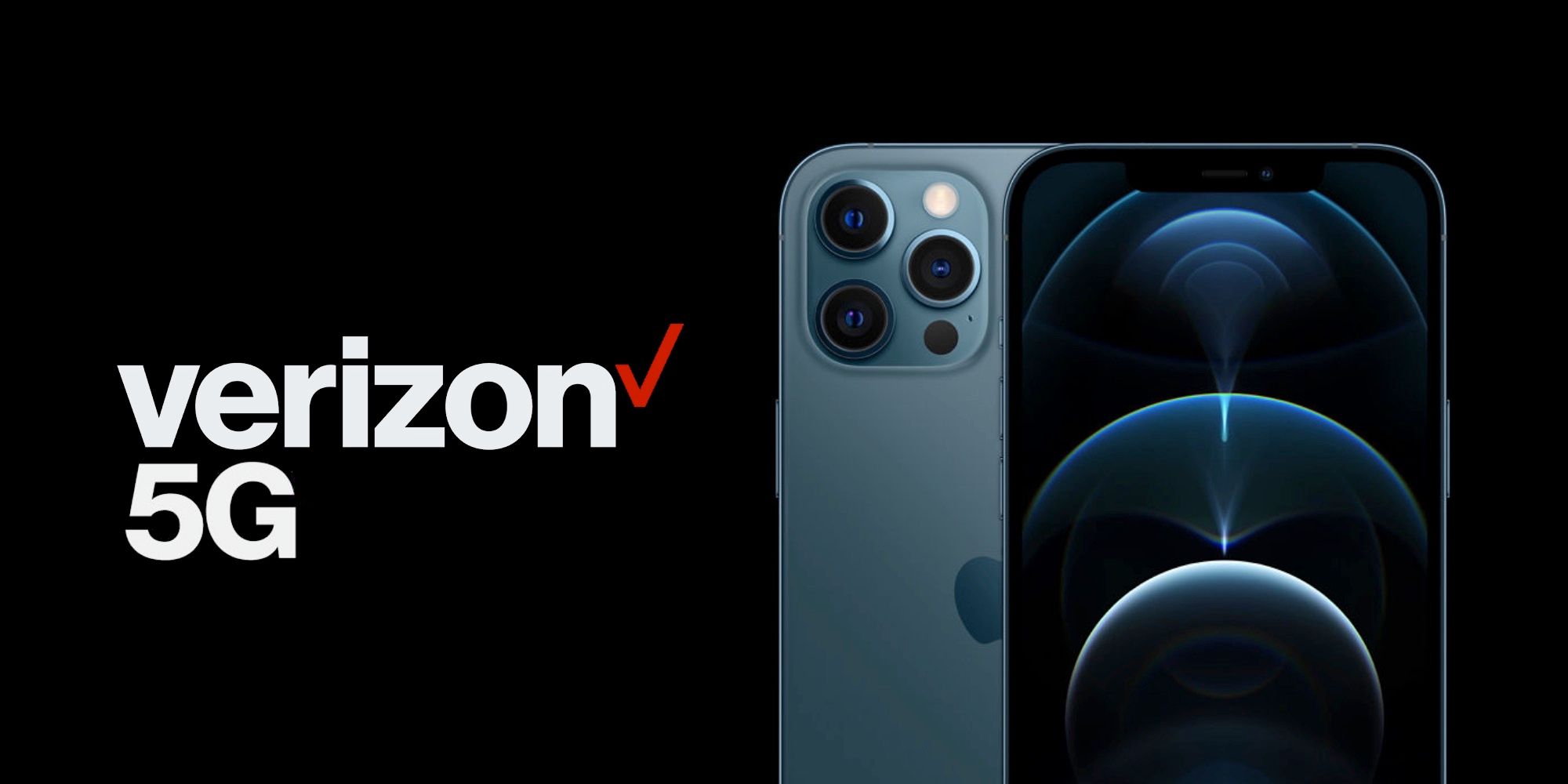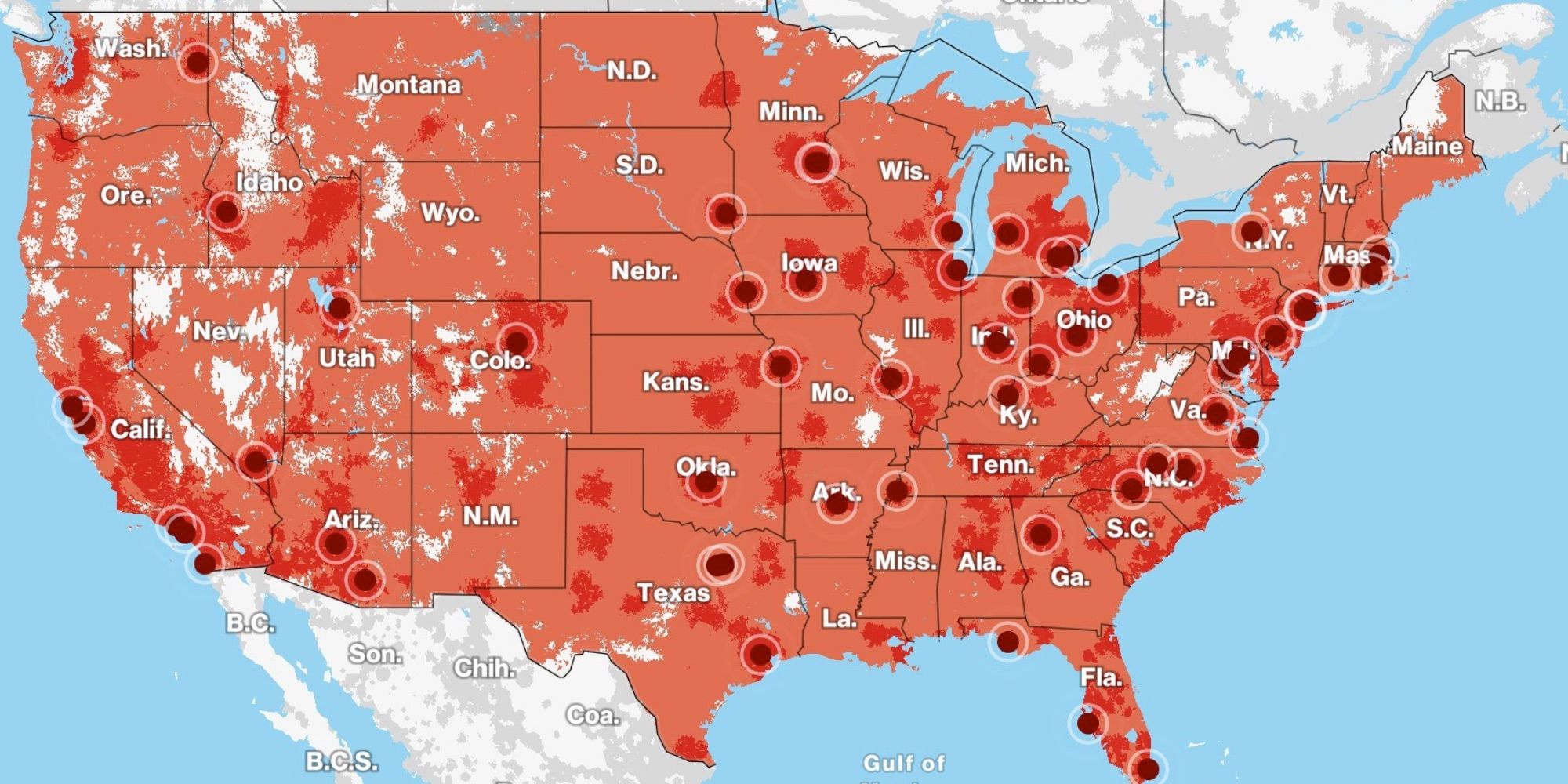Verizon has extended its 5G "Nationwide" and Ultra Wideband services to more parts of the United States. With greater 5G coverage, this means more customers now have access to Verizon's faster upload and download speeds. However, how fast and how consistent the connection will be is not always as simply as where a customer resides. Here's a brief overview of where Verizon's 5G services are now rolling out, as well as what to expect.
In October, Verizon confirmed that its nationwide 5G service reached over 200 million people in 1,800 U.S. locations. While no specific regions were mentioned, the company did explain that it has managed to increase Ultra Wideband's peak download speeds. In total, that update resulted in the company's Ultra Wideband becoming accessible in 55 cities, with Verizon expecting to reach 60 cities by the end of 2020.
More recently, Verizon announced it is now capable of serving 5G to an additional 24 million customers, taking the overall 5G coverage to 230 million people in total, living in 2,700 different regions across the country. Verizon added that its Ultra Wideband service has also now expanded, reaching 61 different cities, including 48 stadiums and 7 airports. Verizon customers residing in Tulsa, Oklahoma, upstate New York, central Texas, and various regions across the New England states are the latest customers to gain access to Verizon's 5G Nationwide service, while customers living in or around the cities of St. Petersburg, Albuquerque, Tampa, and Durham now have access to Verizon's Ultra Wideband.
What To Expect As A Verizon 5G Customer
Customers in proximity to any of Verizon's 5G cell towers will experience faster speeds compared to using the company's 4G services. However, considering that the company's 4G LTE network was the blueprint for its 5G Nationwide network, customers should not expect a significant boost in speed. Although, its 5G services do come at no extra cost for those on one of the company's unlimited plans. In regards to Ultra Wideband, this is arguably more in line with what many consumers might be expecting from the promise of 5G with access to even faster speeds. The tradeoff for Ultra Wideband is that the signal does not reach as far from cell towers, with the 5G Nationwide service picking up where Ultra Wideband fades out.
Verizon claims its Ultra Wideband solution is “the world’s fastest 5G network” citing the ability to, in some locations, reach peak speeds up to 4 Gbps. In contrast, T-Mobile's 'layer cake' approach to 5G touts download speeds around 300 Mbps (with peaks up to 1 Gbps), but is said to already be live in more than 400 cities and towns in the U.S. Of course, there is also AT&T, with the company suggesting its 5G solution reaches more than 14,000 cities and towns at last count, improving internet speeds for more than 225 million Americans.
Source: Verizon


